Burlington housing board OKs partial RAD conversion
Seventy-five percent of the housing authority's portfolio will be converted to the RAD program to increase repair funding available
The Burlington Housing Authority's Board of Commissioners voted Thursday to convert 75 percent of the authority's portfolio, including units in all six housing complexes, to Rental Assistance Demonstration properties.
RAD is a federally funded program that seeks to allow housing authorities to continue providing public housing while giving them more funding to cover the cost of repairs at their aging properties.
BHA Executive Director Veronica Revels said the authority had tried to convert to RAD years ago, but found that the adjusted rents they could receive would not support the expected costs of the repairs needed. Years later now, BHA has hired a consultant to look at all of its options for RAD conversion. After a presentation by consultant Cindi Herrera at a special called board meeting Tuesday afternoon, the board voted to move ahead with what is called a RAD Disposition Combo.
The RAD Disposition Combo allows the authority to convert 75 percent of its portfolio voluntarily, while keeping the other 25 percent of units as fair market-rate apartments. In doing so, the authority is expected to increase its net operating income, which will be directed toward repairing the housing facilities.
The move also will keep BHA from having to convert to a voucher program, which would require partnering with another area housing authority that currently has a voucher program set up, such as Graham or Greensboro.
"We really ultimately felt that it's probably best to go with project-based rental assistance ... because you're not going to have to rely on another housing authority," Herrera said.
Select units at Willow Creek, Woodrail Acres, Maple Brook, Crump Village, Pate Homes and the Jim Gerow Apartments will be converted.
After the conversion, BHA expects to have a net operating income of $908,256 for all of the properties. Based on that income, Herrera said, BHA can support $13.2 million in debt over a 30-year loan for the repair of their facilities. Yearly debt service payments have been estimated at $759,060, leaving BHA with an estimated cash flow of $149,196 each year.
"Basically, it's a break-even for the housing authority," Herrera said. "It's really something you can do without too much difficulty."
"When they look at that CNA, they're actually projecting over the next 20 years, so what it is that you have to do to maintain these properties for 20 years," she explained.
The remaining $10.4 million can be used by the housing authority for desired repairs, including replacing 50-year-old sewer pipes in units, and updates to the façades, as well as continued maintenance on those repairs.
BHA plans to secure the funding through a 30-year FHA 223F mortgage, with an estimated 4 percent interest rate. With that type of loan, repairs will be limited to $40,000 per unit.
Moving forward, the process will take several months. Herrera explained to the board Tuesday that getting approvals and closing on loans could take months, but it is important that the housing authority move quickly.
"There are four or five things we need to submit to HUD, and during that time, we can also be working on the conceptual plans to get the scope of work finalized," Herrera said.
Once the RAD application is approved, BHA will need to take on some environmental evaluations, title searches and other paperwork.
When it comes time for repairs on the BHA properties, Revels said, residents will be relocated to other units as needed, and will have first rights to return to their units after construction. No residents will lose their housing as a result of RAD conversion, she said.
"This is a really good plan," Herrera said. "It's just about managing expectations of what we can and cannot do [with the funding available], and what our wish list looks like."
This was originally published in the Times News.





